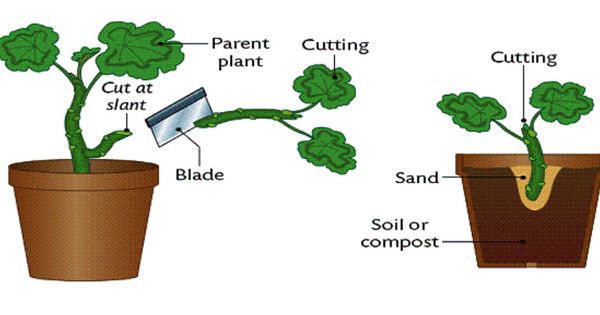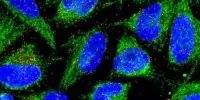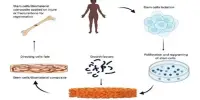When female gametes in plants become fertilized, a signal from the sperm initiates cell division, resulting in the creation of new plant seeds. This activation can also be purposely initiated without fertilization, as researchers have discovered. Their discoveries pave the way for novel methods of asexual agricultural plant reproduction.
Seeds are the result of plant reproduction. They account for around 80% of human calorie consumption, either directly as food or indirectly as animal feed. Over the millennia since humans first established, we have created innumerable plant kinds with beneficial qualities such as enhanced yields, improved quality, insect resistance, and hardiness.
Where possible, farmers use hybrid varieties, which are created by crossing two inbred lines and are more resistant and higher-yielding than normal varieties. The problem is that these desired properties are lost during propagation and, therefore, hybrid seeds have to be recreated every year.
For the first time, we have determined the molecular process by which the signal from the sperm is conveyed to the female gamete, causing it to shift out of its quiescent state. It informs the central cell that fertilization was successful and that cell division can now proceed.
Sara Simonini
Sperm-derived signal activates cell division of the female gamete
If we could uncover a means to produce crop plants by asexual reproduction via seeds, known as apomixis, we would revolutionize agriculture. If it were possible to circumvent the reductional division and fertilization of female gametes, the resulting seeds would be genetically identical to the mother plant. Plant kinds with desirable features might thus be grown much more easily—as seed clones.
Ueli Grossniklaus and his team at the University of Zurich’s Department of Plant and Microbial Biology (UZH) have taken another step in achieving this goal. “In the model plant thale cress, we have discovered the signal that activates the female gamete to form a new seed,” Grossniklaus said.
The fertilization process in plants consists of two events. Two sperm cells merge with one female gamete each — one sperm cell fertilizes the egg, from which the embryo and ultimately the next generation is formed, while the other one fuses with the central cell, which develops into a placenta-like tissue that supplies the embryo with nutrients. Together, they develop into mature seeds. For fertilization to be successful, sperm cells and female gametes must be in the same phase of the cell cycle — in other words, they need to be “in sync” with each other.

Synchronization precedes gamete division
Scientists already knew that the sperm cells in thale cress (Arabidopsis thaliana) are in the preparatory phase for cell division. Grossniklaus’ team has now shown that the quiescent egg cell is also in this phase. The central cell, on the other hand, remains stuck in the middle of the preceding phase, in which the genetic material gets duplicated. While sperm and egg cells are in the same cell cycle phase, the central cell must first complete DNA synthesis after fertilization before the first division can begin.
This break in the cell cycle is triggered by a protein in the central cell that has not been completely destroyed and hence remains present. When the sperm fertilizes this gamete, it introduces the protein cyclin, which triggers the breakdown of the inhibiting protein. Only then can the central cell finish DNA synthesis and proceed to the next stage of the cell cycle. “For the first time, we have determined the molecular process by which the signal from the sperm is conveyed to the female gamete, causing it to shift out of its quiescent state. It informs the central cell that fertilization was successful and that cell division can now proceed,” says first author Sara Simonini.
Asexual reproduction for crops
If thale cress were genetically engineered so that the central cells generated the protein cyclin, they would start to divide even without fertilization. “We may now deliberately activate this process in the absence of fertilization. This creates the potential to introduce apomixis in crop plants, particularly hybrid kinds that are hardier and produce better yields than conventional types,” says Grossniklaus. If apomixis could be used in crop plants, millions of small-scale farmers in the Global South would be able to develop hybrid varieties with seeds that could be preserved for future sowing.
















